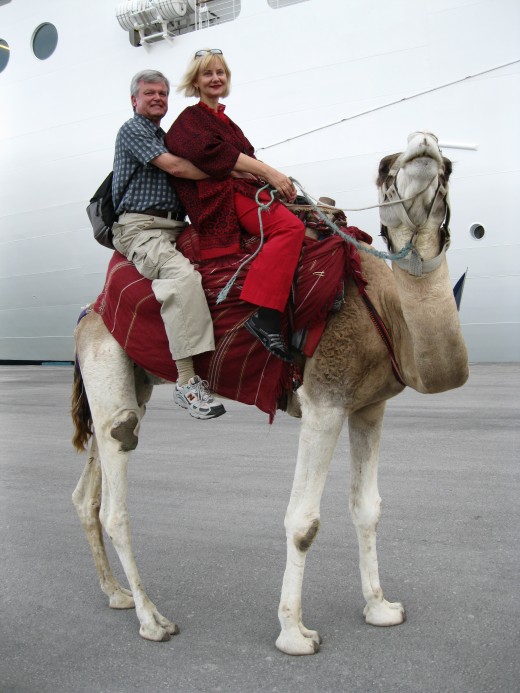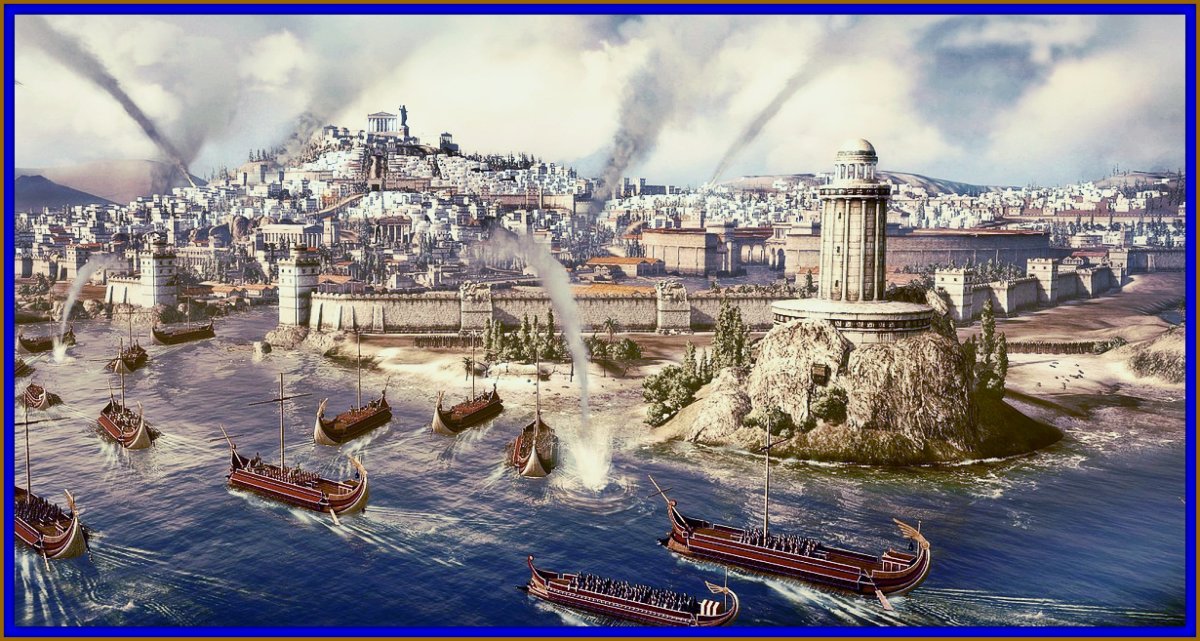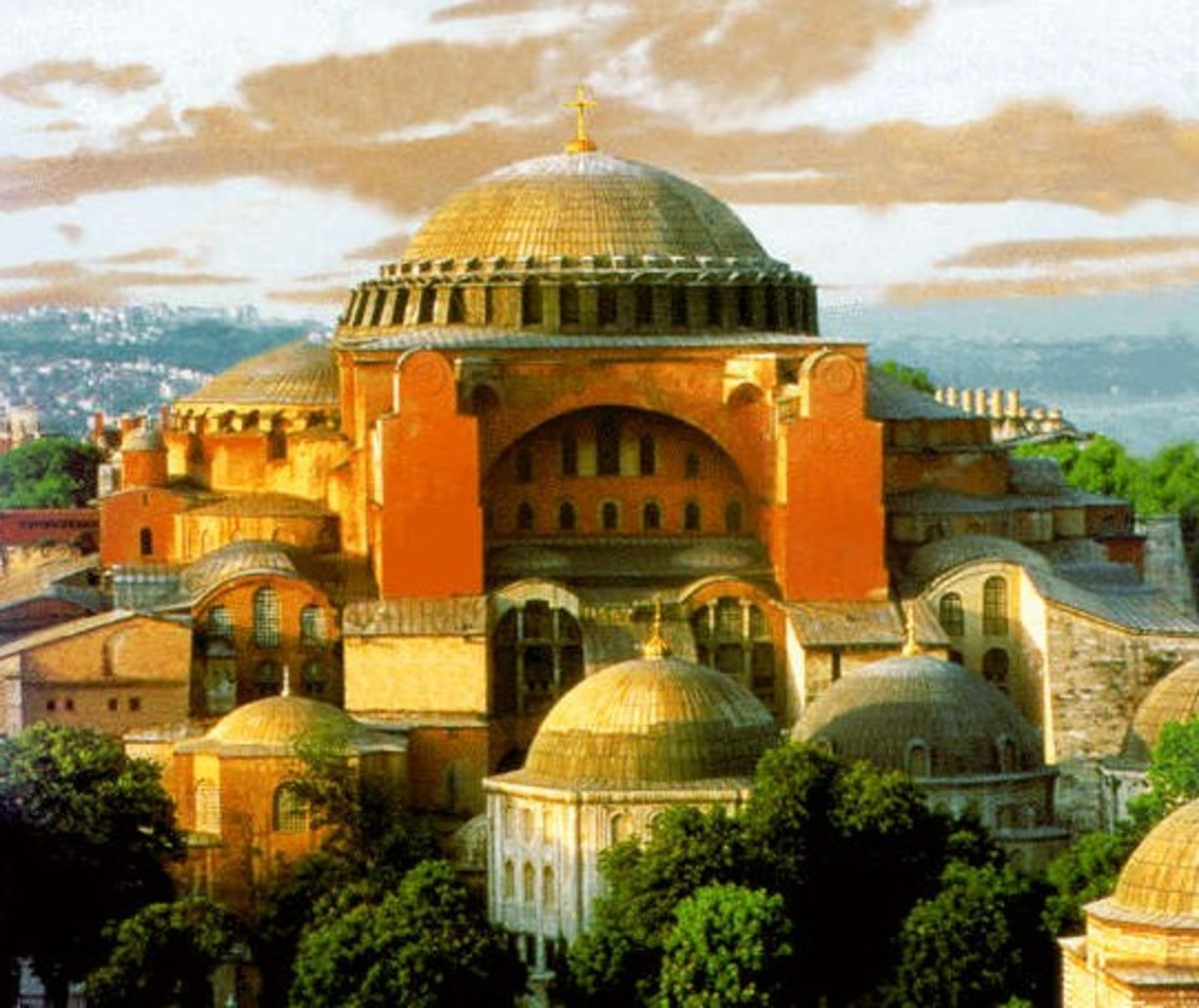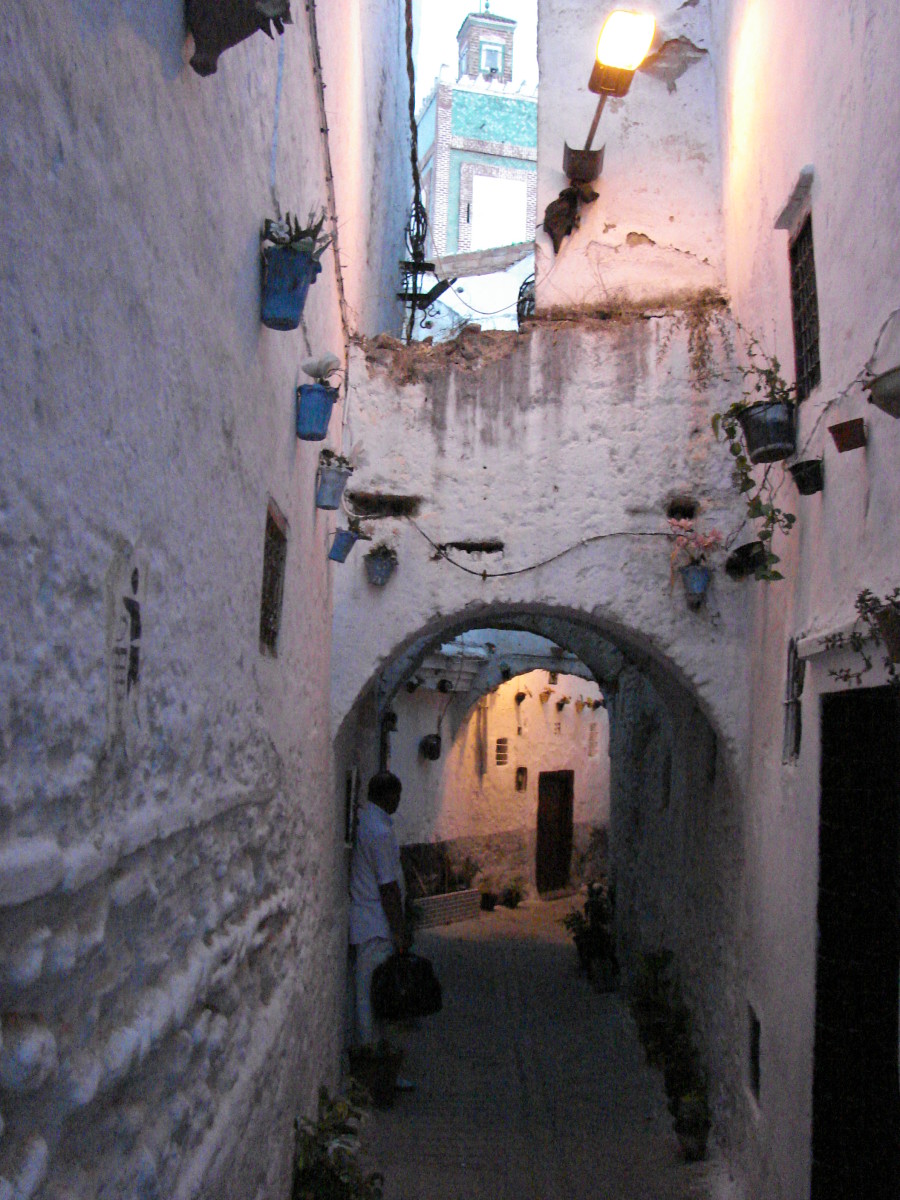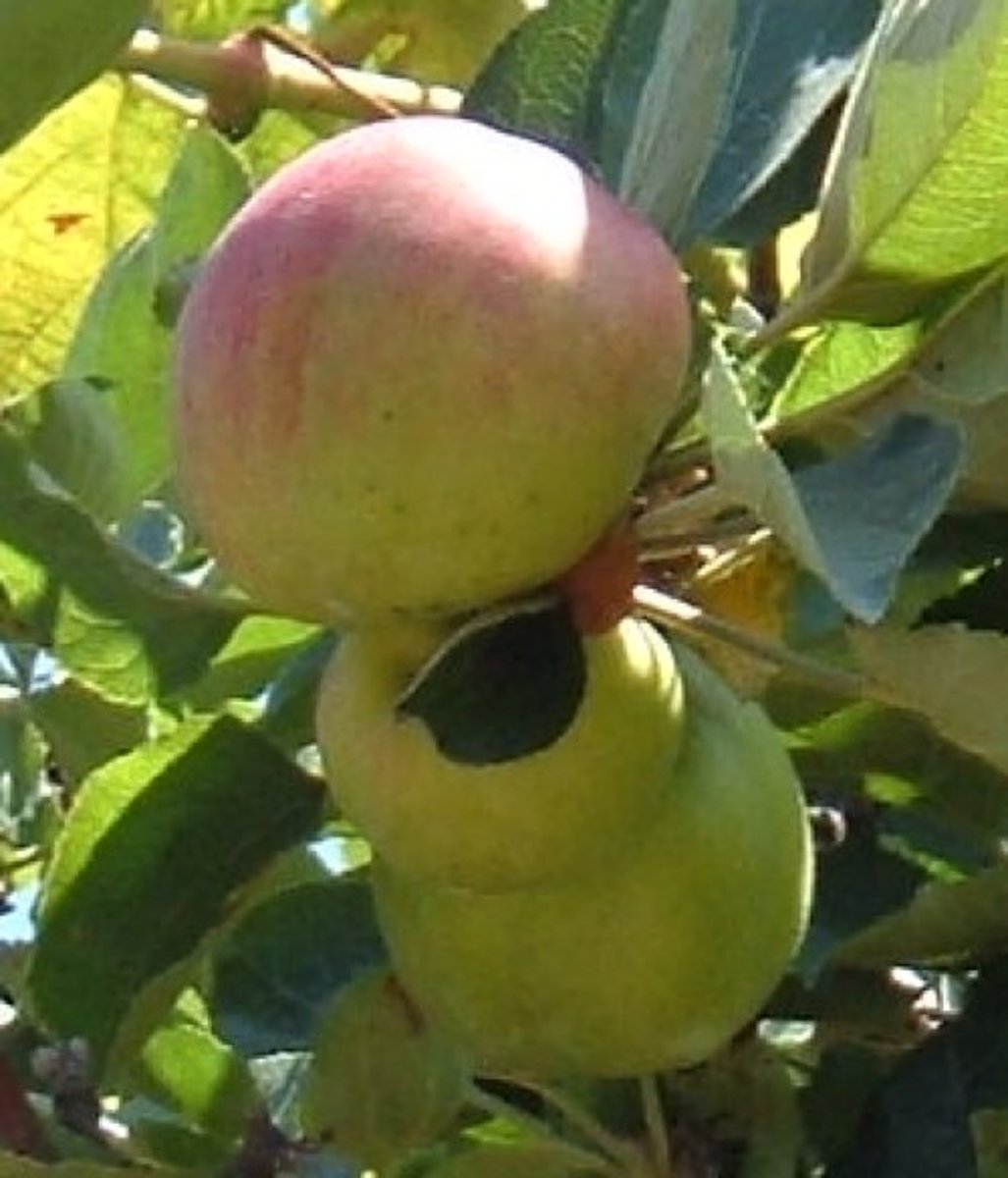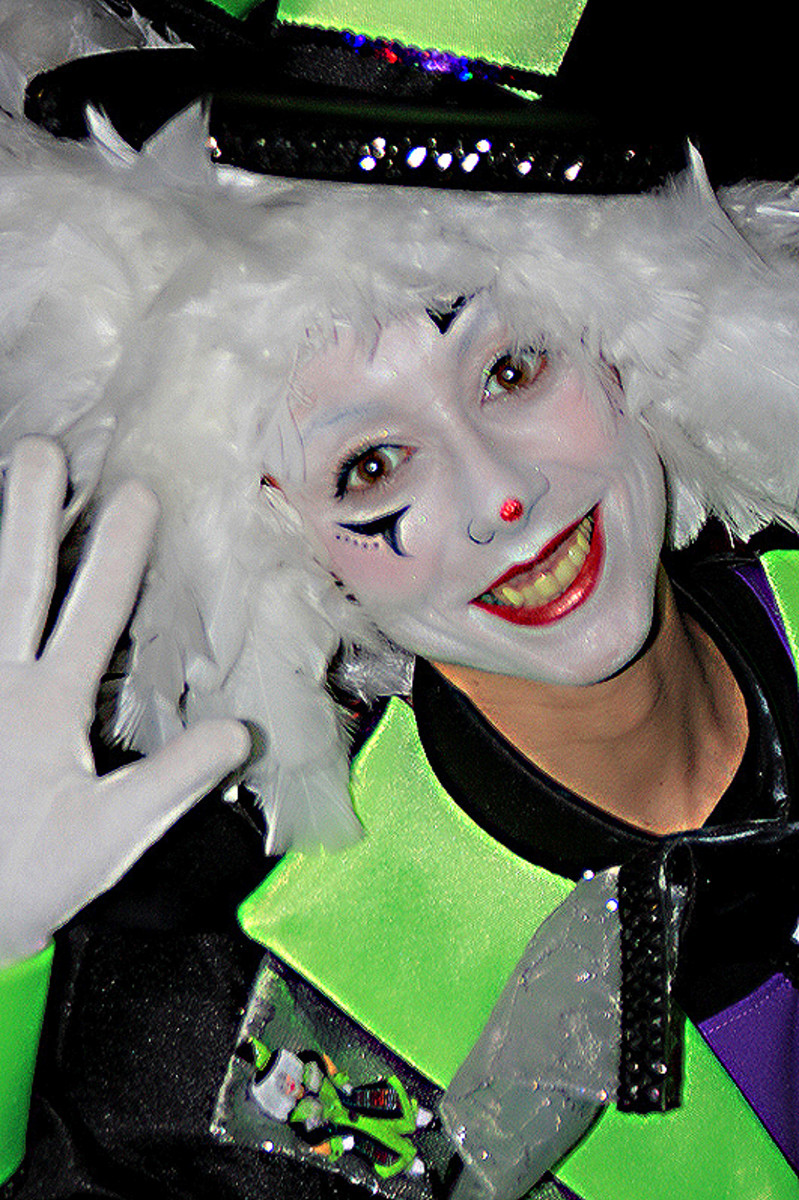- HubPages»
- Travel and Places»
- Visiting Africa»
- Travel to Northern Africa
Visiting the Ruins of Ancient Carthage
Carthage was a Powerful City State Before the Rise of Rome
As anyone who has taken a history course in Western Civilization or Ancient History knows, the North African city of Carthage played a major role in Mediterranean affairs in ancient times.
Founded by Phoenicians eight hundred and fourteen years before the birth of Christ, the city was a major trading port ruled by the Phoenician state of Tyre. After gaining its independence in 650 B.C., Carthage expanded its control over other previously Phoenician territories in the Western Mediterranean across North Africa and Spain.
The rise of Rome eventually brought the two powers into conflict which took the form of three wars, known as the Punic Wars, the last one in which the City of Carthage, after enduring a three year siege, surrendered in 146 B.C. The Roman conquerors destroyed the city following its surrender.
However, the city was soon rebuilt by the Romans and became the major African city in the Roman Empire.
Roman Soldiers Greeting Arriving Cruise Ships
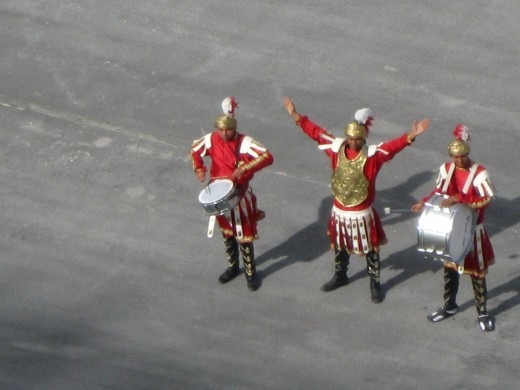
Having been rebuilt, Carthage continued to play a major role in ancient times. Following its rebuilding, the city flourished and grew. It soon became the capital of the Roman Empire province of Africa Nova.
Carthage also became a center for the early Christian Church before it was overshadowed by the Church in Rome.
In addition to being host to some early Church Councils or synods, Carthage was also home to the third century Christian authors Tertullian and St. Cyprian (who was also a bishop of Carthage) as well as St. Augustine who spent many years living in Carthage.
Location of Carthage in Modern Day Tunisia
Location of ancient and modern Carthage on the Mediterranean Sea in the North African nation of Tunisia.
Tunis, the capital of Tunisia located about 20 km south of Carthage
Following Fall of Rome, Carthage Became a Part of the Byzantine Empire
Following the fall of Rome in the West, Carthage remained a part of the Eastern Roman or Byzantine Empire whose emperor in Constantinople (present day Istanbul, Turkey) exercised nominal power over much of what had been the Roman Empire in the west.
For a time in the fifth and early sixth century Carthage and other North African possessions of the Byzantine Empire came under the control of the Vandals.
In 534 A.D. Byzantine forces retook Carthage and other parts of North Africa the Vandals had taken and occupied.
Following this re-conquest an exarchate was established to govern the North African possessions with Carthage as its capital. An Exarch (viceroy or royal governor) was appointed by the emperor to govern the exarchate.
Despite being a part of the empire, the Carthage Exarchate was more or less an autonomous entity and had to rely mostly on its own resources for defense.
While the Exarchate survived for another century and a half, it was finally unable to withstand the onslaught of the forces of the Muslim Umayyad Caliphate.
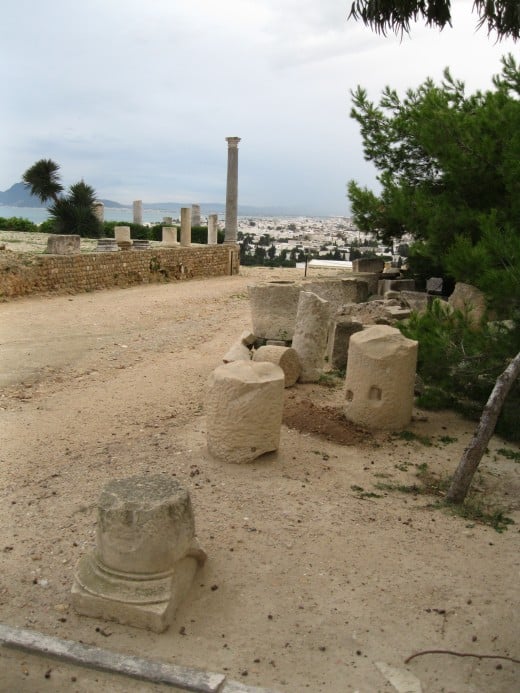
French King Louis IX (St. Louis) Died at Carthage
While the city of Carthage no longer existed, its sheltered harbor and location remained important. In 1270 French King Louis IX chose Carthage as the place to land his army at the beginning of the Eighth Crusade. While the location may have made sense logistically and strategically, the water available in the area was contaminated with bacteria that resulted in dysentery quickly spreading among the troops including King Louis.
King Louis (later St. Louis) died of dysentery about a month after arriving in Carthage. Part of his body was buried among the Roman ruins with a stone marker marking the grave.
In the late nineteenth century, when Tunisia was a part of France’s colonial empire, the French built La cathédrale Saint-Louis de Carthage (St. Louis Cathedral) atop Byrsa Hill among the ruins of ancient Carthage.
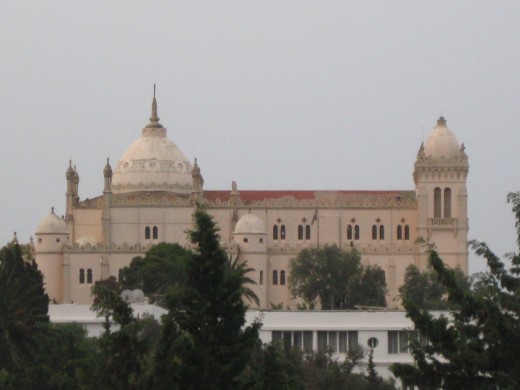
Muslim Forces of the Umayyad Caliphate Capture and Destroy Carthage Again
The city was first captured by troops of the Umayyad Caliphate in 695 but was quickly retaken by a Byzantine naval force.
Three years later in 698 Muslim forces returned and, after a protracted siege, the city again fell to the Muslim forces. In retaliation for the stiff resistance to the siege, the Muslim conquerors, like their Roman predecessors some eight centuries earlier, destroyed the entire city following its capture.
The nearby village of Tunis had been captured sometime before Carthage and, having physically destroyed Carthage, the conquerors focused on building Tunis into the political and commercial center in the area.
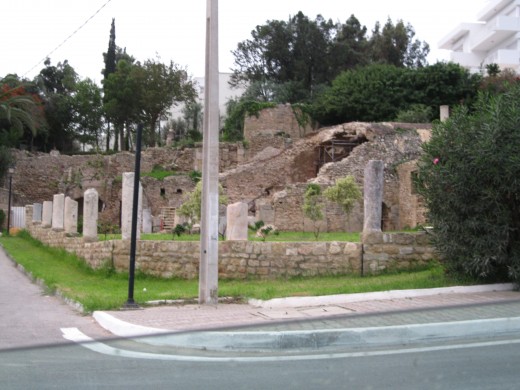
Following World War II Carthage Rises Again as a Modern Suburb
Following World War II the metropolitan Tunis began to expand rapidly with suburbs springing up all around the city.
Carthage was no exception and today this twice demolished city located about 20 kilometers north of the center of Tunis is a peaceful suburb of Tunis with its own mayor and a population of over 20,000 residents.
New homes and buildings, including the Presidential Palace which houses the President of Tunisia, are interspersed among the numerous ruins of the old Roman city of Carthage.
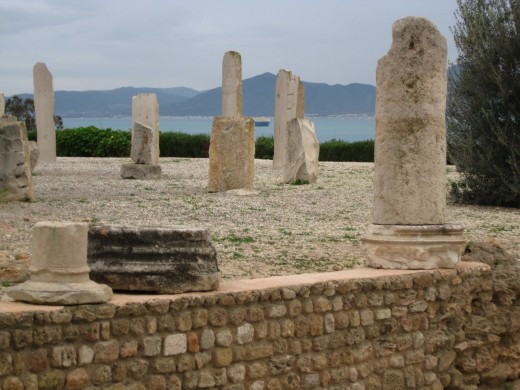
Rome Makes Peace With Carthage 2,100 Years After the End of Punic War
In the mid-1980s, Ugo Verte, the Mayor of Rome, upon seeing some still remaining ruins of the original city destroyed by the Roman Army in 146 B.C. following the end of the Third Punic War, decided to make a symbolic gesture in the cause of peace.
Because Rome had destroyed Carthage and conquered the areas ruled by Carthage there had been no Carthaginian government with whom to sign a peace treaty.
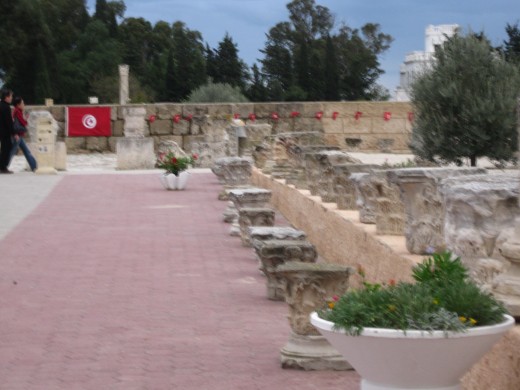
However, since Carthage had arisen again and had a municipal government, Mayor Verte felt it was time to symbolically end the Third Punic War with a peace treaty.
In February 1985 Mayor Verte traveled to Carthage and standing together with Mayor Klibi of Carthage among the ruins of ancient Carthage, the two signed a symbolic peace treaty officially ending the Third Punic War that had begun some 2,100 years earlier in 149 B.C.
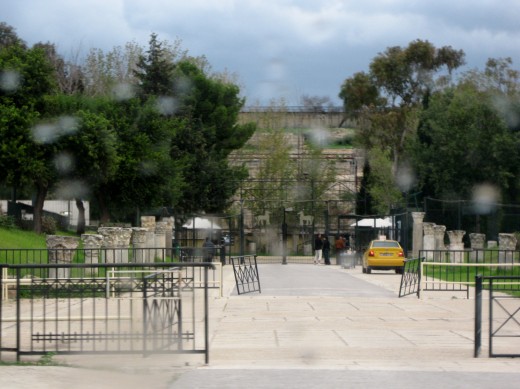
Visiting Carthage Today
Anyone visiting Tunis, Tunisia will probably want to spend some time in nearby Carthage. Like most large cities in the world, the metropolitan area extends well beyond the central city and, without a good map or GPS, it is difficult to tell where one municipality ends and another begins.
Carthage itself is located on the Mediterranean Sea about 20 Km from central Tunis.
The two most common ways for people outside of North Africa to visit Carthage is by plane or cruise ship.
The Tunis-Carthage International Airport is located on the west side of the Lake of Tunis between Tunis proper and Carthage. The airport is approximately 15 Km from Carthage which can be reached by taxi, car or possibly bus.
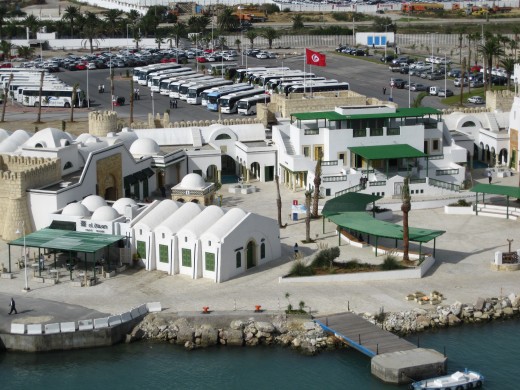
Taxi Cab Tour of Tunis
For those arriving on cruise ships the cruise port is located at La Goulette which is along a strip of land separating the northeast side of the Lake of Tunis from the Mediterranean Sea.
This is where the cruise ship that my wife and I were on docked when we arrived in Tunis in November 2010. Before leaving on the cruise I had quickly checked out things to see in Tunis and the other ports where we were scheduled to dock and had noticed that the ruins of Carthage were nearby and decided to try to see the ruins while we were there.
Old City of Tunis
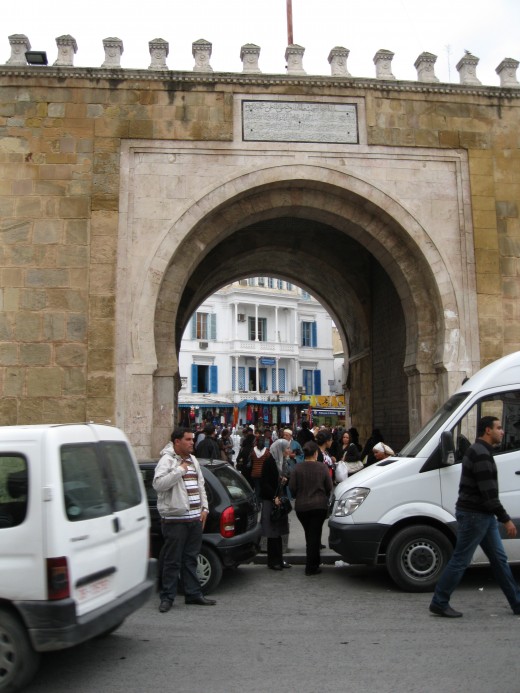
When we docked I began checking out options for getting around.
There were some guided tours as well as taxi tours. I couldn’t find any public transportation in the immediate area.
As we were standing around trying to figure out what to do I noticed an English couple from the ship who appeared to be more confused and undecided than we were.
So I approached them and suggested that we go together and take a taxi – the price was forty euros for the afternoon and if we went together we could split it with each paying €20.
The photo at the right is apparently the only remaining part of the wall that probably surrounded the city in times past. This archway, which sits in the middle of modern Tunis, was probably the entrance to the city in times past. Behind the arch is the entrance to ancient, narrow alley lined with booths and shops selling every type of product imaginable.
Tunis Points of Interest
Beautiful little town next to Carthage on Mediterranean Sea

Taxi Driver Included Carthage and Roman Ruins as Part of the Tour
We agreed and grabbed one of the remaining taxis.
Our driver spoke Arabic and French while we spoke English but he managed to communicate well enough with us.
Despite the language barrier, our taxi driver was a real professional and gave us a fantastic tour of the area including a stop at the top of Byrsa Hill on which many Roman ruins are located. The hill provides a nice view of the surrounding area and has a very nice path for a stroll.
Unfortunately, it wasn’t until after our stroll that I discovered that just beyond the point where we found the path for our walk, there were extensive Roman ruins. The result was that I only had time to take some pictures through the fence while lacking time to find the entrance and walk among the ruins.
However, our driver proudly pointed out other Roman ruins (they are all over the city) as we drove around and I was able to take pictures of some of these as we drove by in the taxi.
Our Time Ashore was Short but Our Tour was Fantastic!
Our time ashore that day was short lasting from two-thirty in the afternoon to seven in the evening when we had to be back on board the ship.
Despite the short time and thanks to our taxi driver we were actually able to see and do quite a bit. The Carthage ruins atop Byrsa Hill, while an unexpected surprise for me, were but one of the many places we saw and visited that afternoon.
Our driver got us back to our ship in time for boarding and we were so pleased with the trip that when we paid the driver, Dave and I each threw in an extra €10 as a tip. The tour our driver gave us was that good!
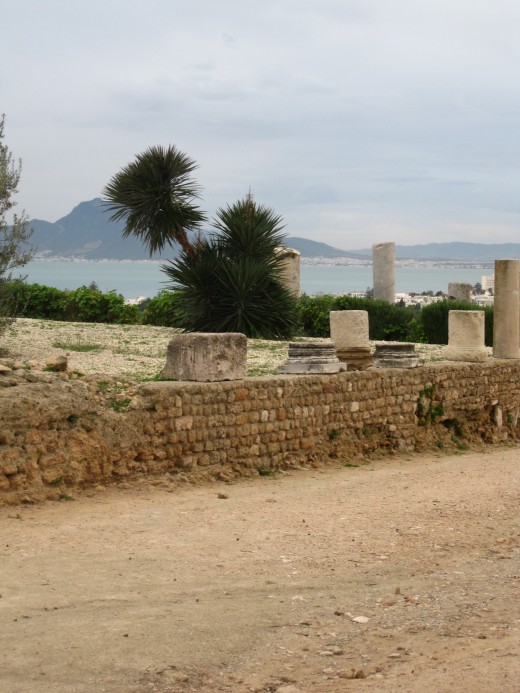
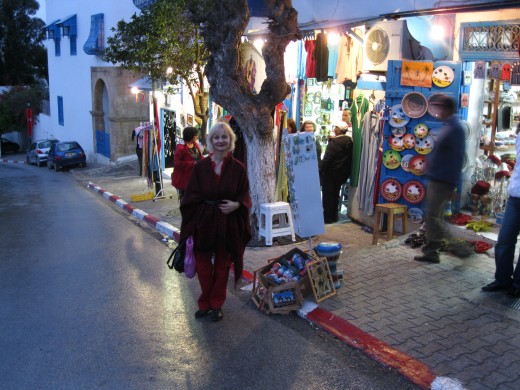
We Couldn't Resist a Camel Ride
